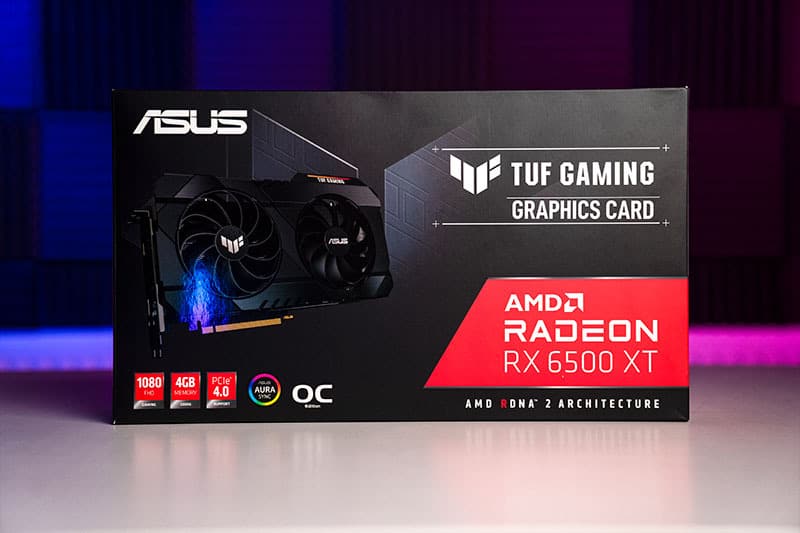ROG Strix GeForce RTX 3050 OC

RGB personalization
Great build quality and design
Solid performane and overclocking
Quiet thermal design
More expensive option
If you're reminiscing over the older console then we look at what ran its graphics

WePC is reader-supported. When you buy through links on our site, we may earn an affiliate commission. Prices subject to change. Learn more
The Playstation 3 came out in November 2006, and 2007 in PAL regions. With many years of service and iterations, we look at what GPU is equivalent to the PS3.
With an 11-year lifespan, there have been different models of the console released. Each tends to slim down its size. But the GPUs core specs stay the same, with the process size decreasing.
This means the die size and TDP of the chip decreased, leading to less cooling required. And this made the console a great choice for a range of users. So we look at what packed the punch.

The PS3 is packed in with an Nvidia Curie CPU made in Sony’s Foundry. It was the RSX GPU ranging from 90nm to 28nm process.
Even with that, the GPU core specifications stayed the same. With a GPU clock of 550 MHz and a memory clock of 1300 Mbps for its 256 MB memory size. Which is a GDDR3 type with a 128-bit bus that gives a bandwidth of 20.8 GB/s.
It’s comprised of 24 pixel shaders, 8 vertex shaders, 24 TMUs, and 8 ROPs. And so looking at the equivalent best GPU is the Nvidia GeForce 7800 GTX.
Also from the Curie architecture, it instead uses TSMCs 110nm process. Increasing the die size in general. But the discrete GPU has a lot more freedom than a console one.
This card in fact features 24 pixel shaders, 8 vertex, 24 TMUs, and 16 ROPs. With a 430 MHz clock and 1200 Mbps memory for the 256 MB GDDR3 memory.
It also ups the bus to 256-bit and increases the bandwidth of 38.4 GB/s. So that is the closest in terms of hardware. But in terms of optimizations console and discrete will always differ with no real one-to-one comparison available.
Plus those are quite outdated these days, and any modern GPU can outperform them. As such the RTX 3050 and RX 6500 XT are plenty powerful to outperform those choices. But that is to be expected over the 10 years of silicon improvements and optimizations.

RGB personalization
Great build quality and design
Solid performane and overclocking
Quiet thermal design
More expensive option

Quiet work even under heavy loads
Effective cooling solution keeps temps low
Quality build designed to last
Fastest overclock with plenty more headroom
Custom solution may raise the price significantly